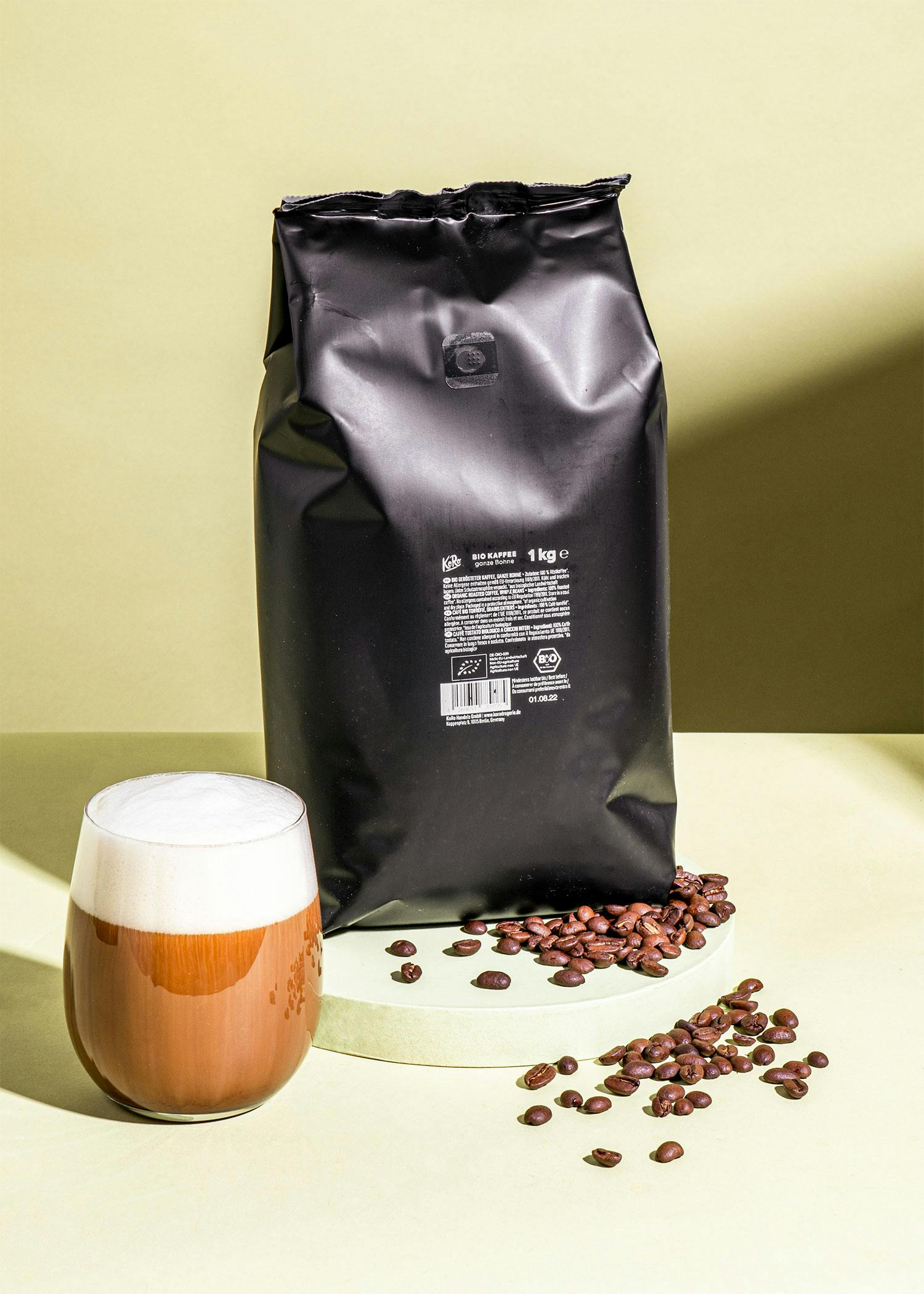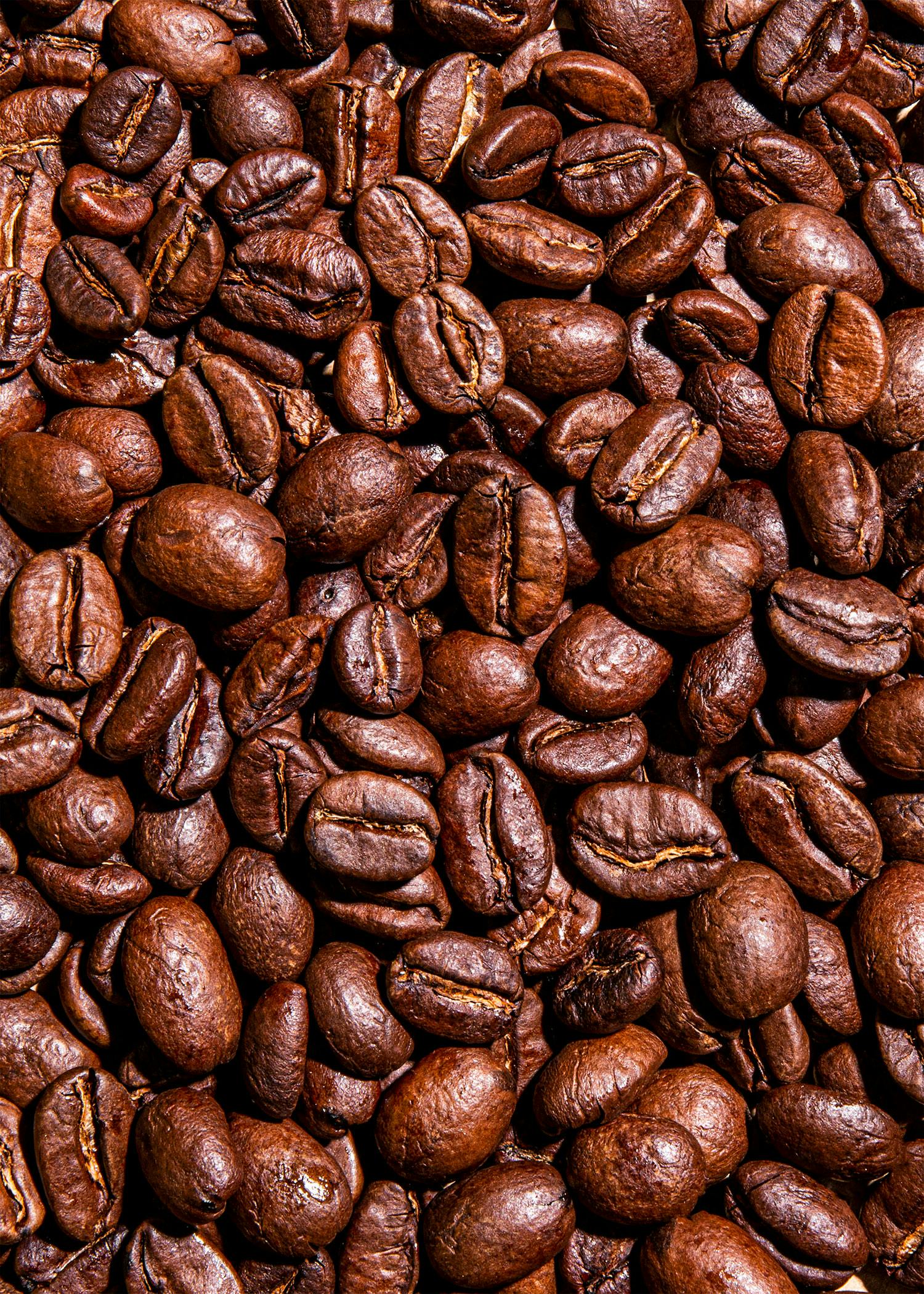The history of coffee
Yes, it's still early in the morning, but we're going to take you on a journey to Ethiopia anyway. Legend has it that the effects of coffee beans were first discovered there in 900 A.D. A goatherd noticed that his herd was particularly lively after eating the red coffee cherries. Based on this discovery, he made a kind of tea from the leaves and coffee cherries, the original form of coffee. However, it was not until the Ottoman Empire, in Istanbul to be precise, that coffee cherries were roasted, ground and boiled with hot water as we know it. The first coffee houses opened in Istanbul in the 16th century. However, the fact that we in Europe now enjoy coffee is thanks to travelers who brought roasted coffee beans back to Europe as souvenirs. Coffee enjoyed great popularity and so the first European coffee house "Café Florian" opened in Venice in 1647. The first German coffee house opened its doors in Bremen in 1673. Unusually, the trend did not arrive in Berlin until much later: The first coffee house opened there almost 50 years later. Initially, coffee was a luxury item. During industrialization, however, the drink gradually spread to the working classes. It was eaten as so-called coffee soup, i.e. bread cooked in coffee, especially by factory workers to satisfy their hunger, but also with the idea of being able to work with greater stamina and concentration. By 1850, coffee was so well established that it became a popular drink. Incidentally, the term coffee comes from the Arabic word "kahwe", which means vitality or strength.
Coffee culture around the world
Whether it's a cup straight after waking up in the morning, a coffee date with friends, coffee to go on the way to university or work or traditional coffee and cake on Sundays: Coffee is a central part of our everyday lives. But how coffee culture is celebrated is different in every culture. And now we want to introduce you to three more of them!
Ethiopia: Coffee as a communal ritual
Ethiopia is known worldwide as a coffee-growing region. The finest Arabica coffee comes to us from the Harar, Sidamo and Yirgacheffe regions in particular. So it is no wonder that there is a great coffee culture in Ethiopia, known as buna. Buna is an important part of the culture and social life in Ethiopian households. Traditionally, buna is carried out by women. But how exactly does the process work? The green coffee beans are washed with water and then roasted in a pan until the classic brown color develops and the beans begin to smell fragrant. The roasted coffee beans are then traditionally crushed into powder or, nowadays, ground and infused with water in the jabena, an Ethiopian coffee pot with a deep belly and tall handle, and boiled over the fire. Before the coffee is served, you have to wait until the powder settles to the bottom so that only the liquid ends up in the cups. The coffee is poured from a height of at least 20 cm. Those who are invited to Buna try to sit as close as possible to the person preparing the coffee and enjoy it from a small, attractive cup and saucer. The coffee is very strong and is served with sugar and eucalyptus leaves. Buna traditionally consists of three rounds. We have just described the first round, which is called Abol. In the second round, called Huletenya, and the third round, called Sostanya, the same coffee powder is brewed again and is slightly weaker with each round.
Vietnam: slow-drip expertise
Coffee is also grown in the high mountains in the north of Vietnam, specifically Robusta beans, which supply the country and abroad with aromatic coffee. To prepare Vietnamese coffee, you need a so-called "phin", a coffee filter that is placed directly on the glass from which you are drinking. The filter has a lid and a base with fine holes. The coffee powder is placed on top, onto which a few drops of water are added before an attachment, which also has fine holes, is screwed onto it and presses the coffee powder firmly to the bottom. Hot water is then poured into the "phin" and now you have to wait patiently until the coffee runs through the filter drop by drop. Coffee in Vietnam is often drunk sweet, namely with condensed milk. Both hot and as iced coffee. Egg coffee (cà phê trứng) is probably the best-known and most unusual coffee variation outside Vietnam. This was created in Hanoi in 1946 during the resistance against the French occupation, which made food scarce. In order to be able to continue enjoying frothy, light coffee without actually being able to get hold of milk or condensed milk, egg yolks were beaten until frothy and drunk like milk in coffee. Even today, egg coffee is still widespread and a normal part of Vietnamese coffee culture.
Scandinavia: coffee breaks by law
In Scandinavia, especially in Sweden and Finland, there is a tradition of "fika", a coffee break with pastries such as cinnamon buns, cookies or princess cake, which is an important part of social life. So important, in fact, that the coffee break is compulsory in many Swedish companies. Fika plays a particularly important role at work, because it's about being able to relax and switch off for a moment, but also to talk to colleagues, ideally not just about work. The tradition dates back to the 20th century. Back then, production companies reported high accident rates at 10 am and 3 pm. And as a countermeasure, it was decided that breaks had to be taken at these times. And this was maintained. Even today, companies still have a fika at precisely these times. And the idea of winding down seems to work. After all, Swedish workers are considered to be the least stressed in the world. So grab your favorite coffee and pause for a moment or chat with your colleagues. We think so: We should take a leaf out of this book!
Grab your cups!
Have you got a craving for cozy drinks? Take a look in our store for the right coffee! And if you want to go caffeine-free: Try our taro latte, chocolaty chai with vegan whipped cream or beet and rose latte with cardamom!

